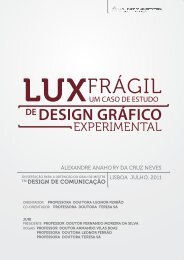Frost Protection - UTL Repository
Frost Protection - UTL Repository
Frost Protection - UTL Repository
You also want an ePaper? Increase the reach of your titles
YUMPU automatically turns print PDFs into web optimized ePapers that Google loves.
MECHANISMS OF ENERGY TRANSFER<br />
Water vapour flux density (E) is the flux of water molecules per unit time<br />
per unit area (i.e. kg s -1 m -2 ). When multiplied by the latent heat of<br />
vaporization (L ≈ 2.501 × 10 6 J kg -1 at 0 °C), the water vapour flux density<br />
is expressed in energy units (i.e. W m -2 ). Evaporation is important for all frost<br />
protection methods involving the use of water. The ratio of the latent heat of<br />
vaporization to the latent heat of fusion is 7.5, so considerably more water<br />
must be frozen than is vaporized to have a net gain of energy when using<br />
sprinklers for frost protection.<br />
It is common for fruit growers to experience problems with spots of damage<br />
on the skin of fruit. While this may not damage the fruit to the point where it is<br />
completely lost, the spot damage reduces the value of fruit for table<br />
consumption. This problem is probably due to water droplets being on the fruit<br />
before going into a night with subzero air temperature. For example, if a light<br />
rain, fog or irrigation occurs during the day so that the fruit is covered by spots<br />
of water, this water will evaporate during the night and the fruit flesh near water<br />
droplets can cool as low as the wet-bulb or frost-bulb temperature, which is<br />
lower than the air temperature. As a result, damage can occur where there were<br />
water droplets on the fruit. If the dew-point temperature is low, damage can<br />
occur to sensitive crops, even if the air temperature remains above 0 °C.<br />
Additional resources on energy balance<br />
Readers who want more rigorous and detailed information on energy balance as<br />
it relates to frost protection are referred to Rossi et al. (2002), Barfield and<br />
Gerber (1979) and Kalma et al. (1992).<br />
65


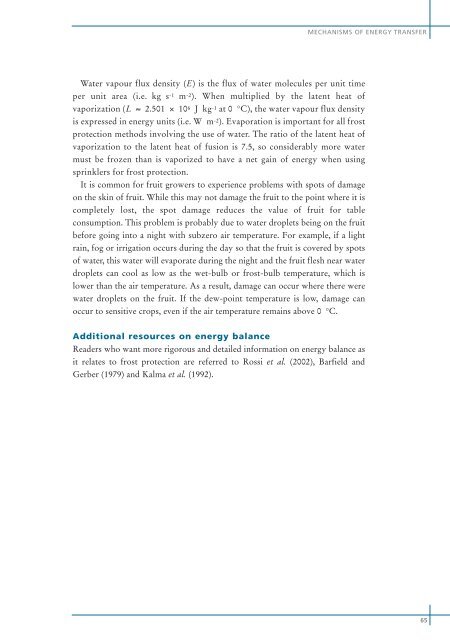
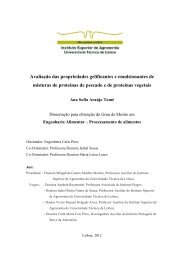
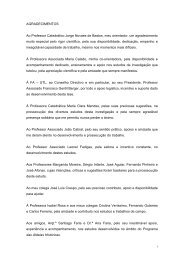
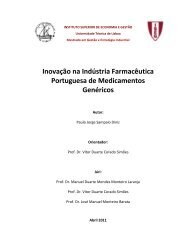
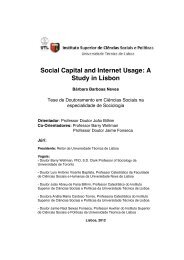
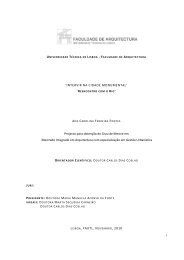
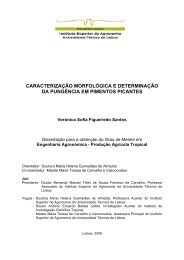

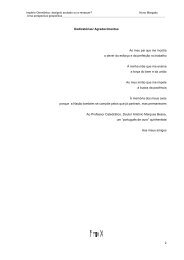
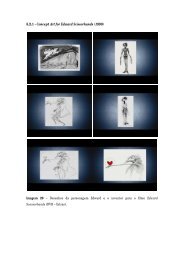
![Tese - Es..[1].pdf - UTL Repository - Universidade Técnica de Lisboa](https://img.yumpu.com/25707135/1/184x260/tese-es1pdf-utl-repository-universidade-taccnica-de-lisboa.jpg?quality=85)

